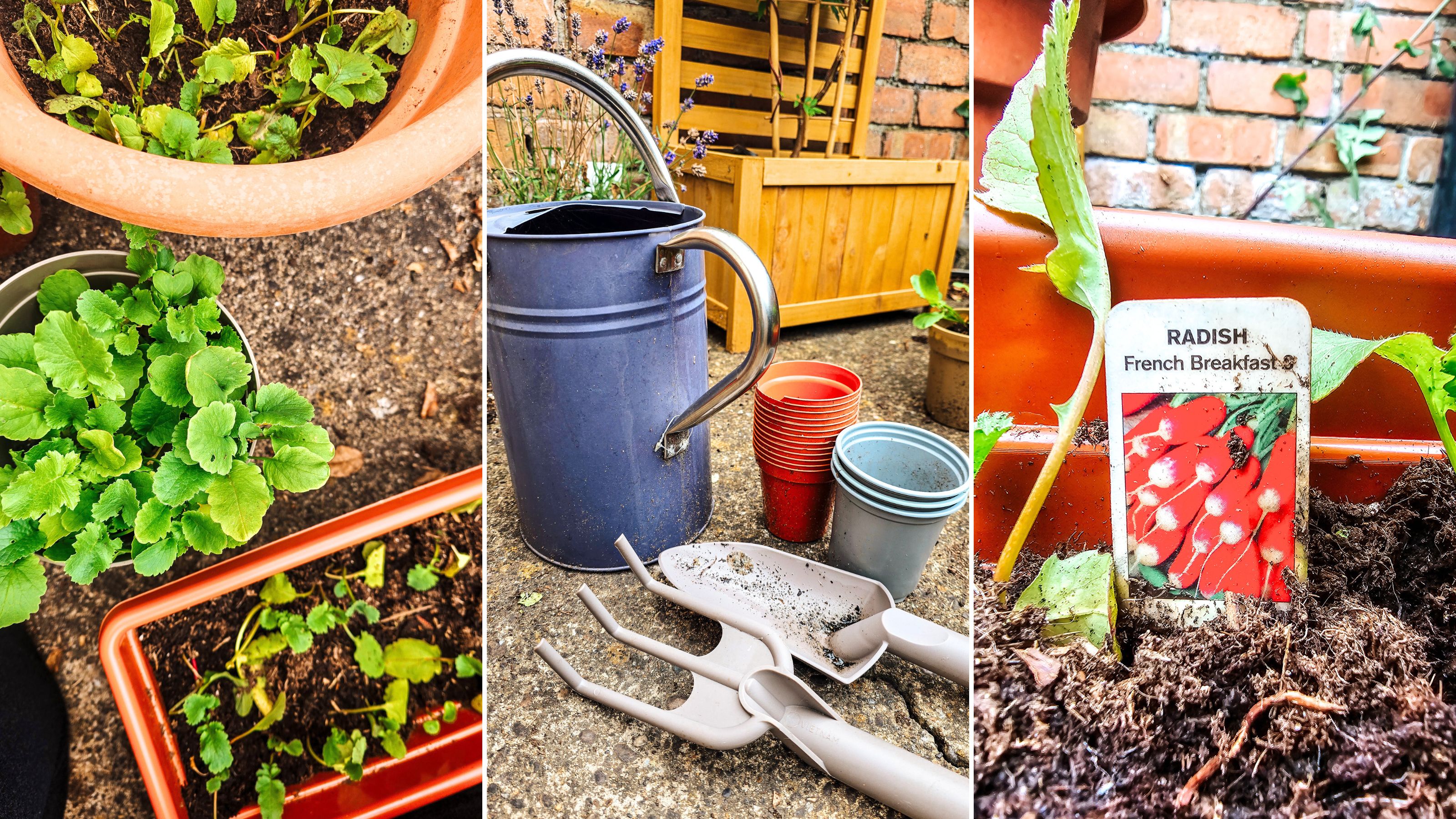

I'm growing vegetables for the first time ever, and I've quickly found out that it's not as easy as it looks when playing farming games.
I've made a bunch of mistakes on the way that I've learned not to make, which I'm sharing with you all so you don't do what I did. I also asked gardening pros for errors they commonly see, as well as their advice for fixing them. Overcrowding (guilty!) and poor soil preparation (also guilty!) are a couple of common errors that cropped up.
If you're growing vegetables in a small backyard like I am, I definitely recommend finding out what not to do, so you can grow veggies effectively and so your hard work isn't wasted.
1. Planning poorly

When I first started planning my outdoor gardening area, I bought some strawberry seeds with the vision of having delicious fruit for summer. But, after checking the back of the packet, I realized I was way too late for this.
“Planting fruit vegetables outside their optimal growing season can result in poor germination, stunted growth, and low yields,” says Tony O’Neill, gardener at Simplify Gardening.
“Always check the recommended planting times for your specific climate zone,” he says.
Tony suggests using a gardening calendar or an app to keep track of planting dates. This is advice that I’m taking on board, so I’ve downloaded the Planter Garden app, which users say is brilliant for planning layouts and is packed with useful info.
It's also a good idea to make sure you have enough planters for all your crops before you start. I had to quickly grab a bunch of containers when I realized I had lots of seeds.
2. Overcrowding plants

I just made the mistake of overcrowding my radishes, and I had to spend hours untangling the roots and planting in brand new containers properly spaced out.
“Overcrowded plants compete for nutrients, water, and light, leading to weaker plants and reduced yields,” Tony says.
“Follow the recommended spacing guidelines on seed packets or plant labels, then thin seedlings as needed to ensure proper spacing,” he says.
I grabbed planter bags similar to the Jeria Grow Bags from Amazon with over 10,000 five-star reviews. From here, I added soil to them and carefully spaced out my seedlings, giving them much more room to grow.
3. Growing too many crops

I’m going to be honest — I was a little too ambitious when growing my radishes. I used two seed packets and now, while I have lots of healthy seedlings, my backyard is unofficially a radish farm.
“Be honest with yourself and carefully decide how many seeds you can realistically nurture into adulthood,” says Anastasia Borisevich, plant expert at Plantum.
“It’s better to grow just a few healthy seedlings than to lose a colony of seeds,” she adds.
Instead of scattering many seeds and hoping for the best like I did, I recommend planting individual seeds in small holes in the soil, before covering them up. I’m going to try this for the next crops I grow.
4. Ignoring pest management
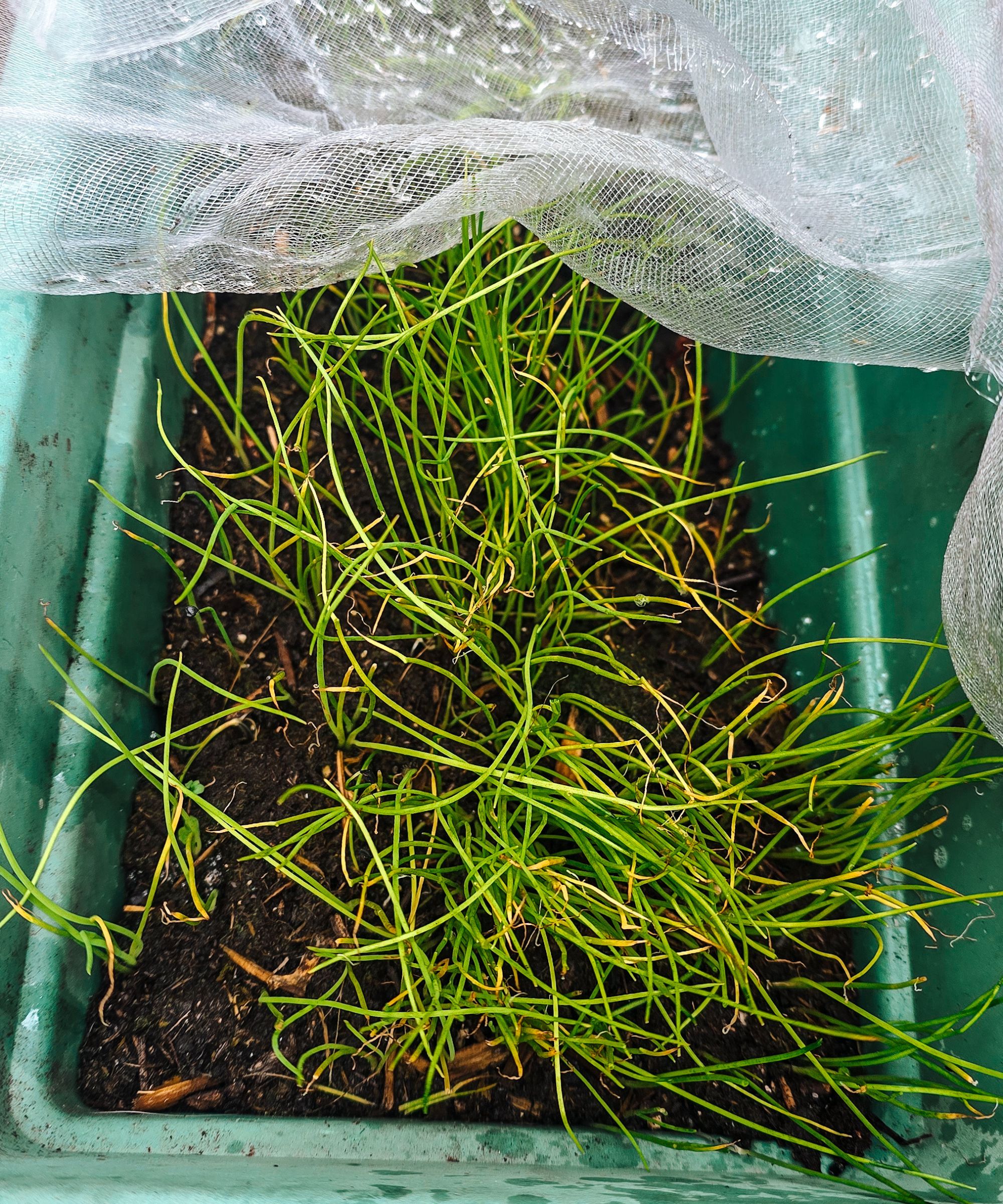
I’m growing spring onions, which I’m very excited about. But, when their shoots sprouted up, I could see that I had little black dots on them. This meant I had to deal with an aphid infestation in my backyard.
“Pests diseases dramatically reproduce themselves and can devastate the garden at any one time in few days,” says Matthew Wilson, gardener at Handy Gardeners.
“I advise monitoring plants closely, and using organic pest control methods if required to get rid of them,” he says.
To remove them, I spritzed my plants lightly with a mix of dish soap and water, before wiping them off with kitchen towel.
I also added netting on top of my plants (the Garden Tailor Netting from Amazon comes in nine different sizes), to stop them from coming back and spreading to my other crops.
I have also heard that it's beneficial to find plants that repel pests outdoors, so I'm going to try growing some rosemary and basil.
5. Forgetting to label crops

Labeling is an important part of growing seeds, allowing you to quickly glance at your gardening space and see what is where.
“Write your plant’s name and the date of sowing on a stick and put it in the soil,” Anastasia explains. “This way, you won’t mistake a tomato for a cucumber, or a rose for an oleander.”
Many seed packets will come with labels you can peel off and put in the ground. Luckily, I spotted that mine had these before throwing them away. If yours don’t, I recommend saving popsicle sticks and writing on these for a sustainable solution.
By fixing these vegetable gardening mistakes, I’ve managed to grow crops successfully, and have been able to enjoy fresh meals with my newly-grown goods, which has been seriously rewarding.
If you’re sorting out your yard and want to carry on solving problems, learning backyard privacy mistakes could also come in handy.
Vegetable gardening essentials
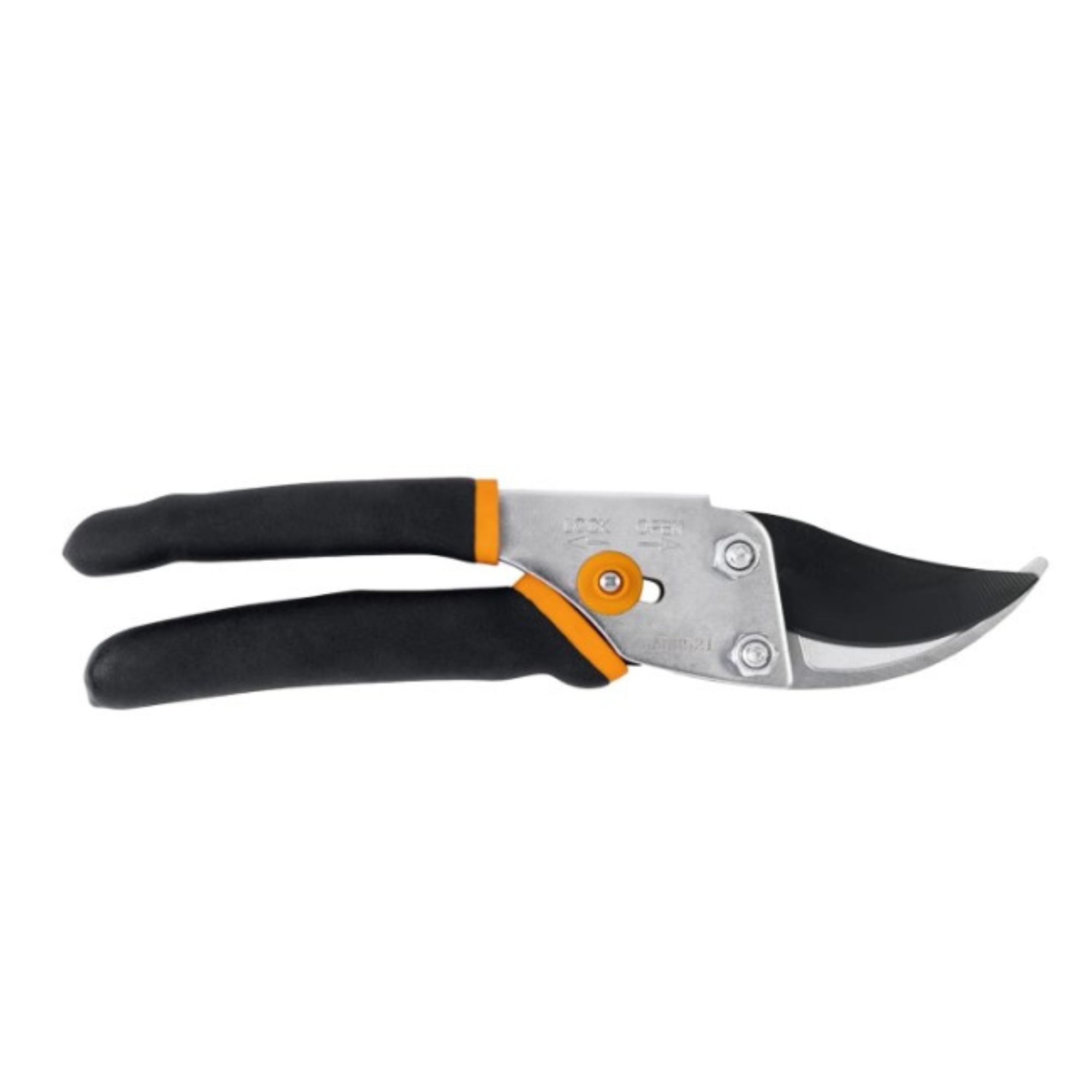
Size (in.): W2.47 x L9.07
Made from: Steel
Price: $13.97
In order to make sure your vegetables stay healthy and that you get as high a yield as possible, it's important to prune in summer and beyond. Over 34,000 Amazon shoppers love these steel shears, with reviewers praising the comfy ergonomic grip, sharpness, and quality material.
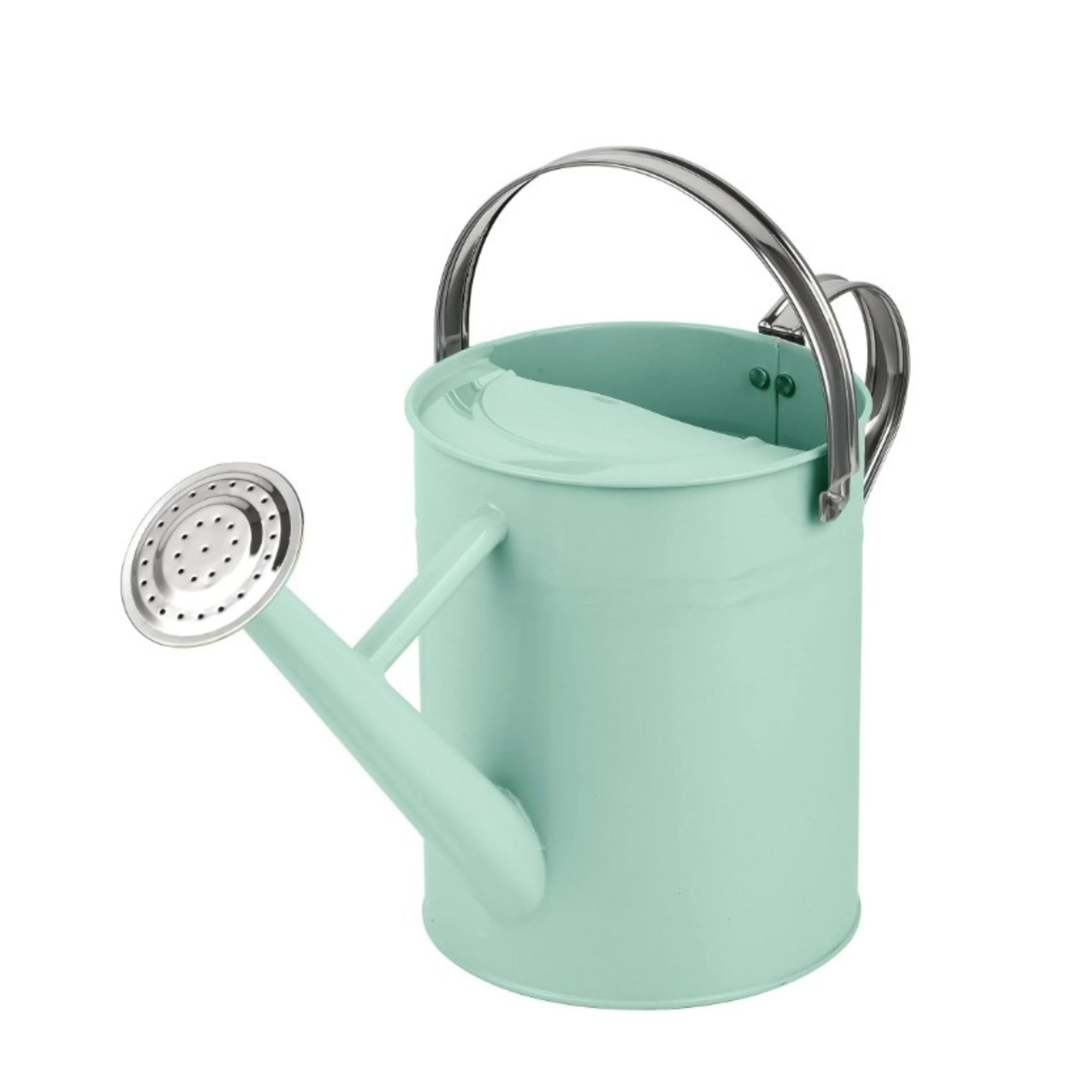
Capacity: 1 gallon
Made from: Metal
Price: $24.99
While it can be easy to grab a plastic watering can, I recommend picking a more sustainable, sturdy option, such as this watering can from Walmart. My watering can is the same shape as this, and the wide mouth will fill with rain on wet days and helps me water my plants without turning on the hose. I also love the adorable color.
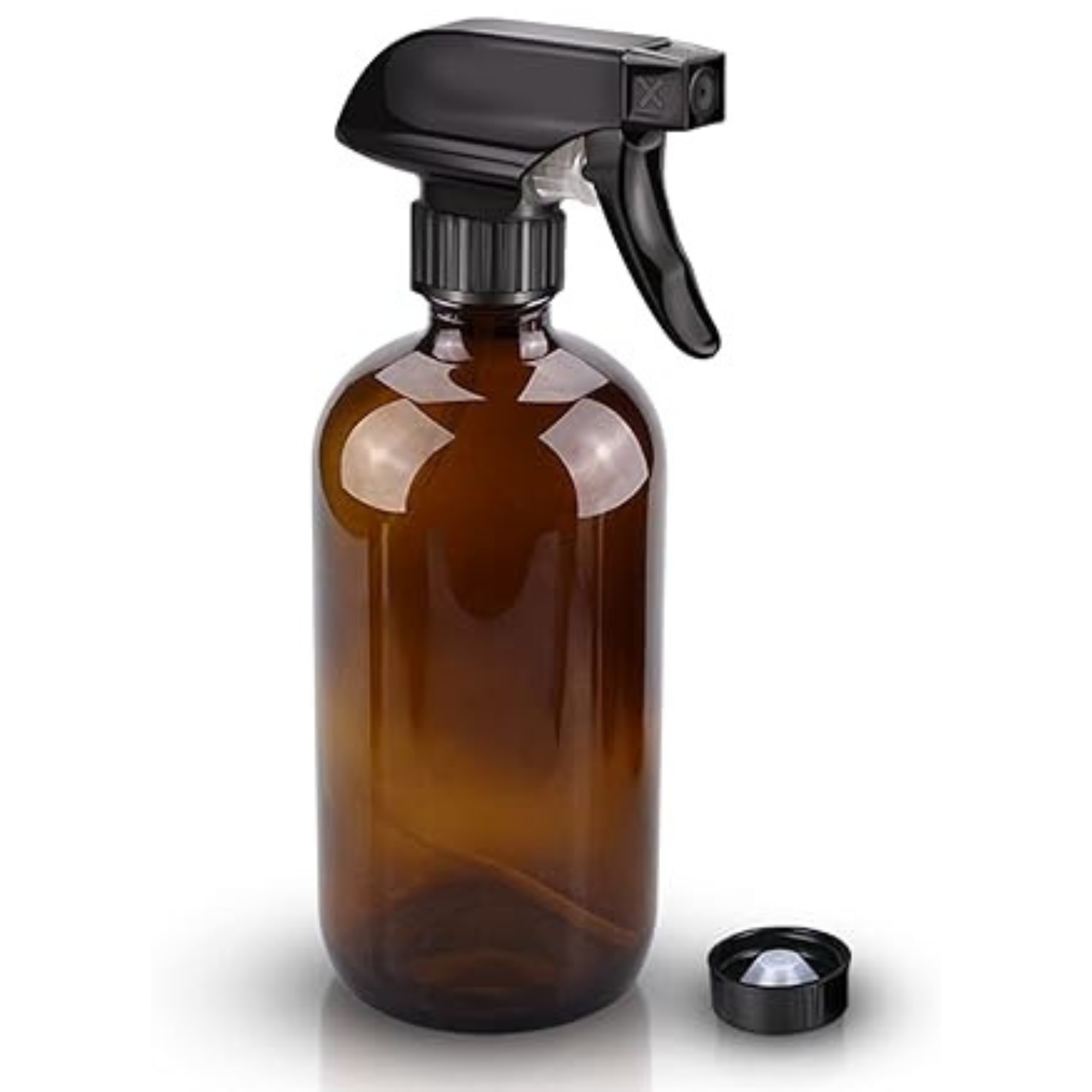
Size: 16 oz.
Made from: Glass
Price: $7.99
I recommend keeping a glass bottle filled with dish soap and water in your yard, in order to quickly get rid of pests in your backyard when you see them. The dark brown color of this one cleverly prevents UV degradation, so you can keep it outside for whenever you spot creepy crawlies trying to munch your vegetables.
Join our newsletter
Get small space home decor ideas, celeb inspiration, DIY tips and more, straight to your inbox!

Hi there! I’m the former content editor at Real Homes and I'm now a freelance journalist.. I've been a lifestyle journalist for over five years, previously working as an editor across regional magazines. Before this, I graduated from Nottingham Trent University a degree in journalism, along with an NCTJ gold diploma. For Real Homes, I specialized in interior design, trends and finding the best viral buys.